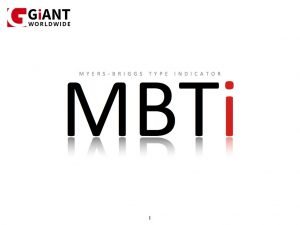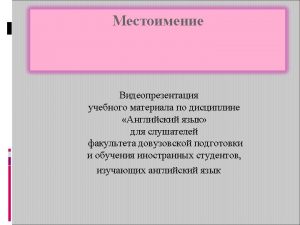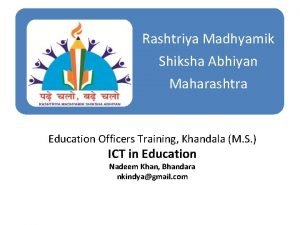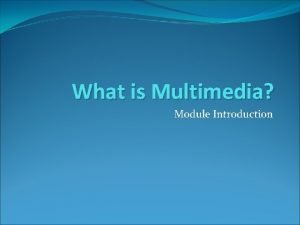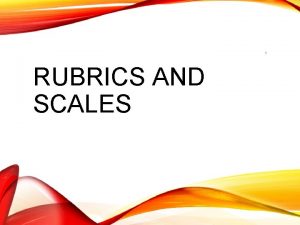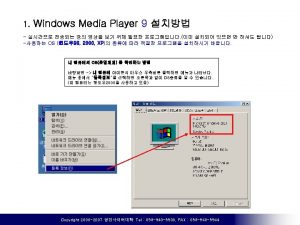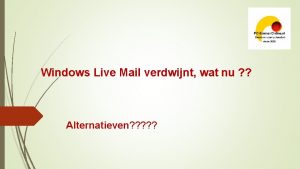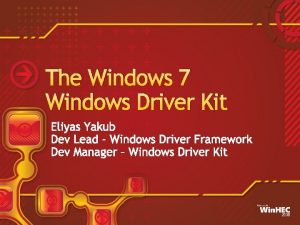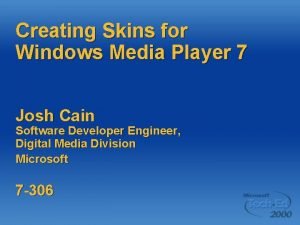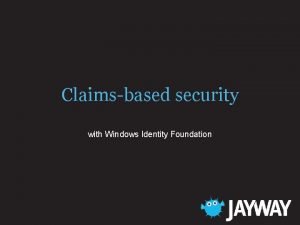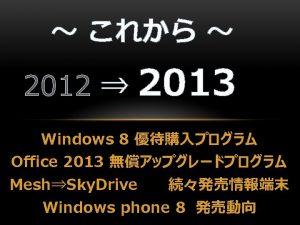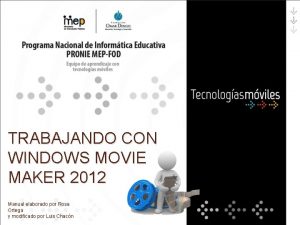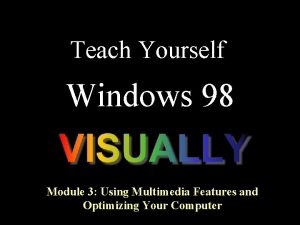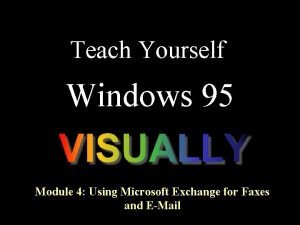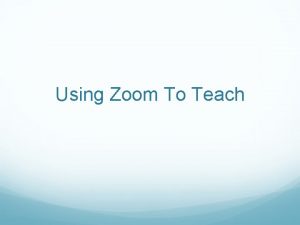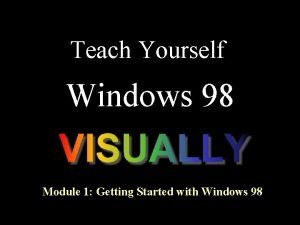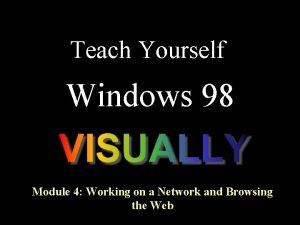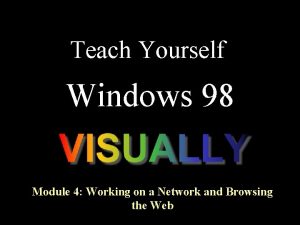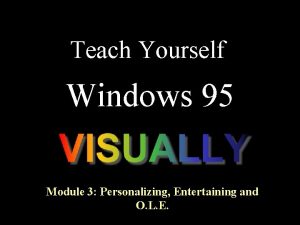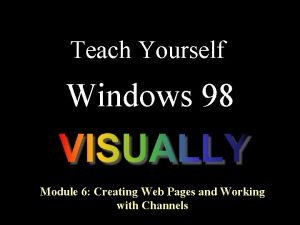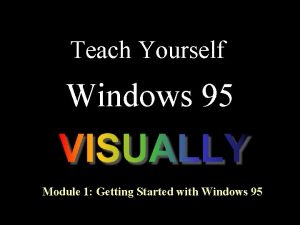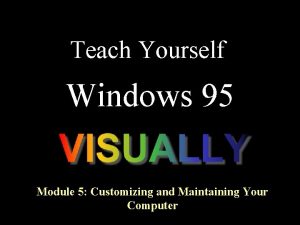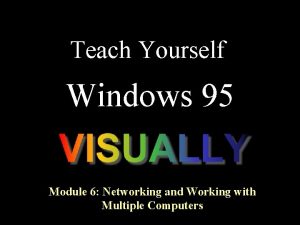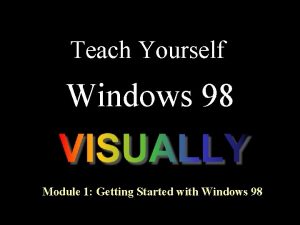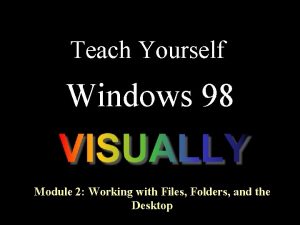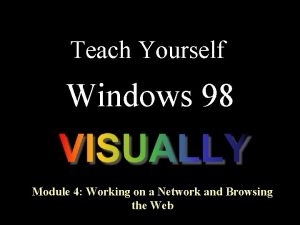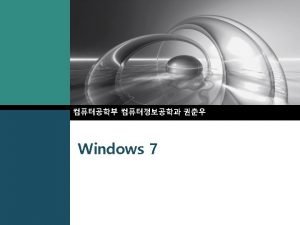Teach Yourself Windows 98 Module 3 Using Multimedia






















- Slides: 22

Teach Yourself Windows 98 Module 3: Using Multimedia Features and Optimizing Your Computer

Objectives of this Module for Chapter 7 • • • Playing Games Playing a Music CD Adjusting the Volume Assigning Sounds to Programs Playing Videos

Playing Games You’ll be happy to know Windows 98 comes with several games you can play. On the serious side, they can build your mouse skills. On the not-so-serious side, they can be a lot of fun. 1. Click the Start button and choose Programs, Accessories, Games. 2. Then click on the game you want to try.

Playing a Music CD Most computers today have CD-ROM drives. You can use this drive to play music CDs. 1. Click Start, Programs, Accessories, Entertainment, CD Player. 2. Insert a music CD and click the Play button. 3. To stop the CD, click the Stop button. Play

Adjusting the Volume Adjusting the sound volume on your computer is no mystery when you learn where to find the volume control. 1. Click the Volume Control icon on the Taskbar. 2. Drag the slider up to increase volume or down to decrease volume. 3. Click outside the slider box to close it.

Assigning Sounds to Program Events Tap into Windows sound effects by assiging sounds to tasks you perform on the computer, such as closing programs or exiting Windows 98. 1. Click Start, Settings, Control Panel. 2. Double-click the Sounds icon. 3. Select an event. 4. Select a sound scheme.

Assigning Sounds to Program Events (continued) 5. Click the Sound Name drop-down arrow and select a sound. 6. To preview the sound, click the Play button. 7. Click OK to exit the dialog box and apply the sound. Play

Playing Videos Play videos on your computer using Windows video player. 1. Locate the video file you want to play, then double-click on the file name. 2. The video player opens and plays the video clip. If the clip doesn’t start immediately, click the Play button. 3. Click the Close button when finished.

Objectives of this Module for Chapter 8 • • • Formatting a Floppy Disk Viewing Amount of Disk Space Detecting and Repairing Disk Errors Defragmenting Your Hard Disk Using Disk Cleanup Scheduling Tasks Using the Maintenance Wizard Adding Windows Components Installing a Printer Installing New Hardware

Formatting a Floppy Disk When using floppy disks, you may find you need to format the disk before you can copy a file onto the disk. 1. From the My Computer window, select the floppy drive. 2. Open the File menu and choose Format. This opens the Format dialog box. 3. Select a format type and disk capacity. 4. Click Start to begin formatting. 5. When finished, click Close, then click Close again.

Viewing Amount of Disk Space You can keep tabs on the amount of space you have on your hard disk drive. 1. Double-click the My Computer shortcut icon. 2. Select the hard disk drive (usually the C: drive). 3. Open the File menu and choose Properties. 4. Use the General tab to view the hard disk space. 5. Click OK when finished.

Detecting and Repairing Disk Errors Windows 98 comes with several utilities you can use to help optimize your computer’s performance. Use the Scan. Disk tool to check your hard disk drive for errors. 1. Click Start, Programs, Accessories, System Tools, Scan. Disk. 2. Select the disk you want to check. 3. Select a test type. 4. Click Start and Scan. Disk checks your disk. 5. Click Close, then click Close again when finished.

Defragmenting Your Hard Disk Use the Disk Defragmenter tool to enhance computer performance. 1. Click Start, Programs, Accessories, System Tools, Disk Defragmenter. 2. Select the drive you want to defragment. 3. Click OK to start. 4. Click Yes when finished.

Using Disk Cleanup Use the Disk Cleanup tool to remove unneccessary files from your computer. 1. Click Start, Programs, Accessories, System Tools, Disk Cleanup. 2. Select the drive you want to clean up. 3. Click OK. 4. The Disk Cleanup dialog box opens. Click beside each file category you want to clean up. 5. Click OK, then click Yes to confirm.

Scheduling Tasks Use the Task Scheduler to perform regular computer tasks, such as defragmenting or scanning your disk drive for errors. 1. Click Start, Programs, Accessories, System Tools, Scheduled Tasks. 2. Double-click Add Scheduled Tasks. The Scheduled Task Wizard appears and walks you through the steps for setting up a task.

Scheduling Tasks (continued) 3. At the last Wizard dialog box, click Finish. 4. The program now appears in the Scheduled Tasks window and the Task Scheduler icon appears on the Taskbar.

Using the Maintenance Wizard The Maintenance Wizard helps you schedule regular maintenance tasks to keep your computer running at its best. 1. Click Start, Programs, Accessories, System Tools, Maintenance Wizard. 2. Click the Change my maintenance settings or schedule option and click OK. 3. Click the Express option, then click Next. 4. Follow the Wizard prompts, then click Finish at the last Wizard dialog box. 5. The task is added to the Task Scheduler program.

Adding Windows Components Not all of the Windows 98 components are added when you first set up Windows. You can add more at a later time. 1. Click Start, Settings, Control Panel. 2. Double-click the Add/Remove Programs icon 3. Click the Windows Setup tab. 4. Select a category that hasn’t been added yet, then click the Details button.

Adding Windows Components (continued) 5. Click the components you want to add. 6. Click OK. 7. Insert the Windows 98 CDROM and click OK to start copying the components. 1. You may need to restart your computer when finished.

Installing a Printer If you add a printer, you must tell Windows 98 how to recognize the new device. 1. Click Start, Settings, Printers. 2. Double-click the Add Printer icon. This opens the Add Printer Wizard. 3. Follow the Wizard prompts as directed, clicking Next to continue each time. 4. Windows will ask if you want to print a test page, click Yes or No, then click Finish.

Installing New Hardware If you add a new mouse or modem, you must also tell Windows 98 how to recognize the new device. 1. Click Start, Settings, Control Panel. 2. Double-click the Add New Hardware icon. This opens the Add New Hardware Wizard. 3. Follow the Wizard prompts as directed, clicking Next to continue each time. 4. At the last Wizard dialog box, click Finish.

Teach Yourself Windows 98 This concludes Instruction Module 3
 Know yourself to lead yourself
Know yourself to lead yourself Check yourself before you wreck yourself origin
Check yourself before you wreck yourself origin Myself yourself
Myself yourself Ict in education images
Ict in education images Multimedia becomes interactive multimedia when
Multimedia becomes interactive multimedia when Linear multimedia example
Linear multimedia example Multimedia becomes interactive multimedia when
Multimedia becomes interactive multimedia when Esa multimedia.esa.int./multimedia/virtual-tour-iss
Esa multimedia.esa.int./multimedia/virtual-tour-iss Multimedia module
Multimedia module If you are to rate yourself using the rubric
If you are to rate yourself using the rubric Introduce yourself using science
Introduce yourself using science C device module module 1
C device module module 1 Windows live movie maker 2012
Windows live movie maker 2012 Windows media player 9 windows 7
Windows media player 9 windows 7 Alternatief voor windows live mail
Alternatief voor windows live mail Windows driver kit windows 7
Windows driver kit windows 7 Windows movie maker windows 7
Windows movie maker windows 7 Windows media player skins
Windows media player skins Windows identity foundation windows 10
Windows identity foundation windows 10 Upgrade windows 7 to windows 10
Upgrade windows 7 to windows 10 Windows xp virtualbox download
Windows xp virtualbox download Nokia lumia 920 windows 10
Nokia lumia 920 windows 10 Windows live movie maker 2012
Windows live movie maker 2012
